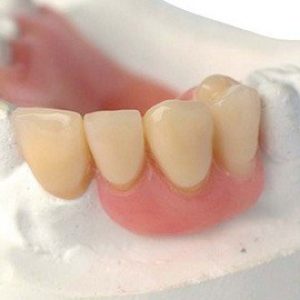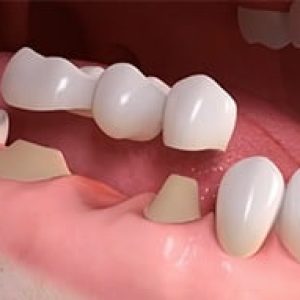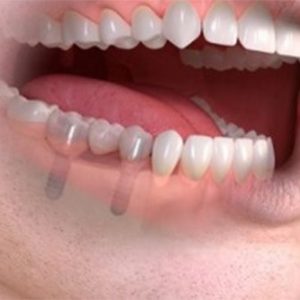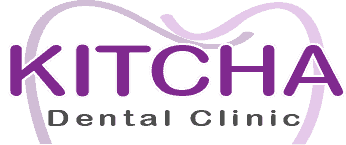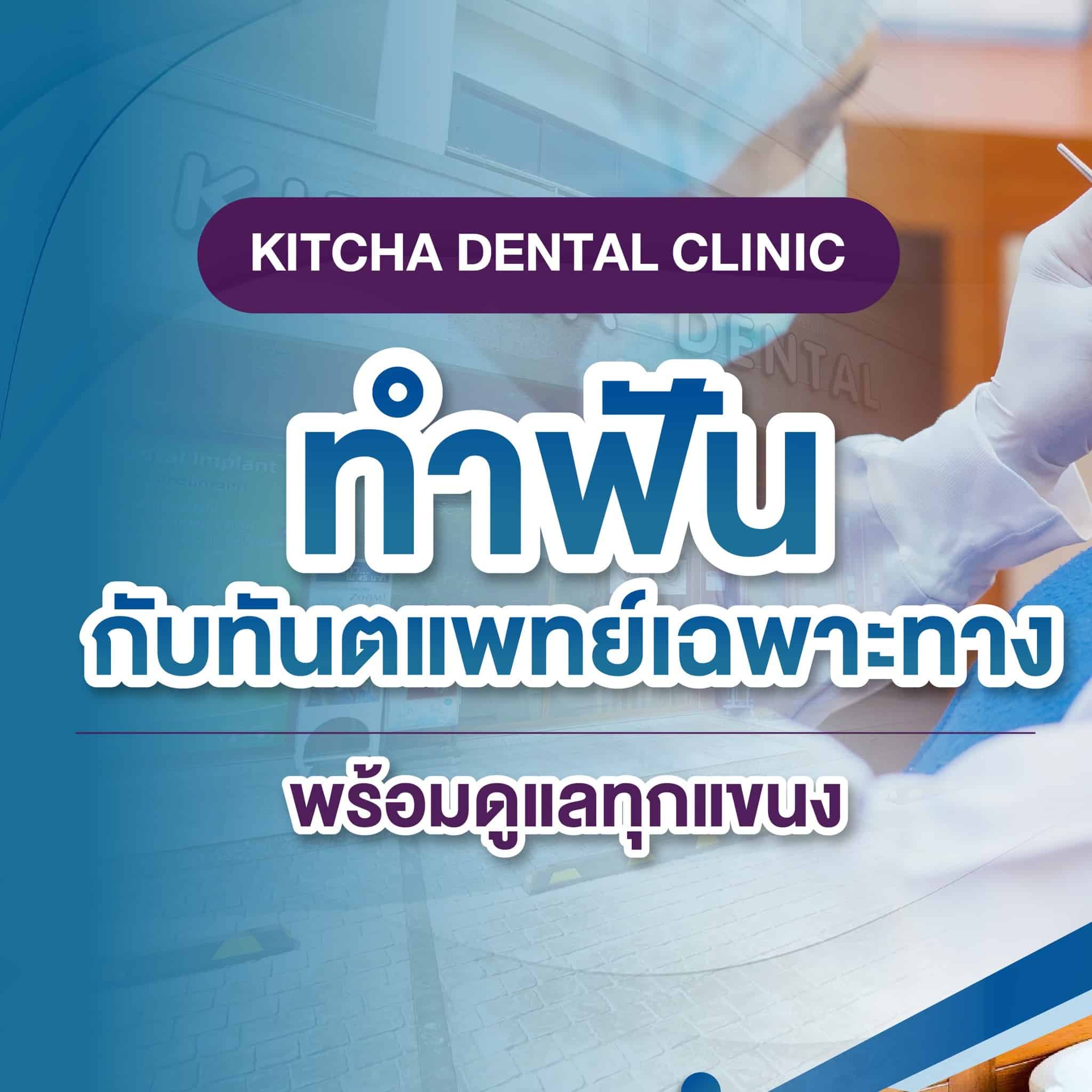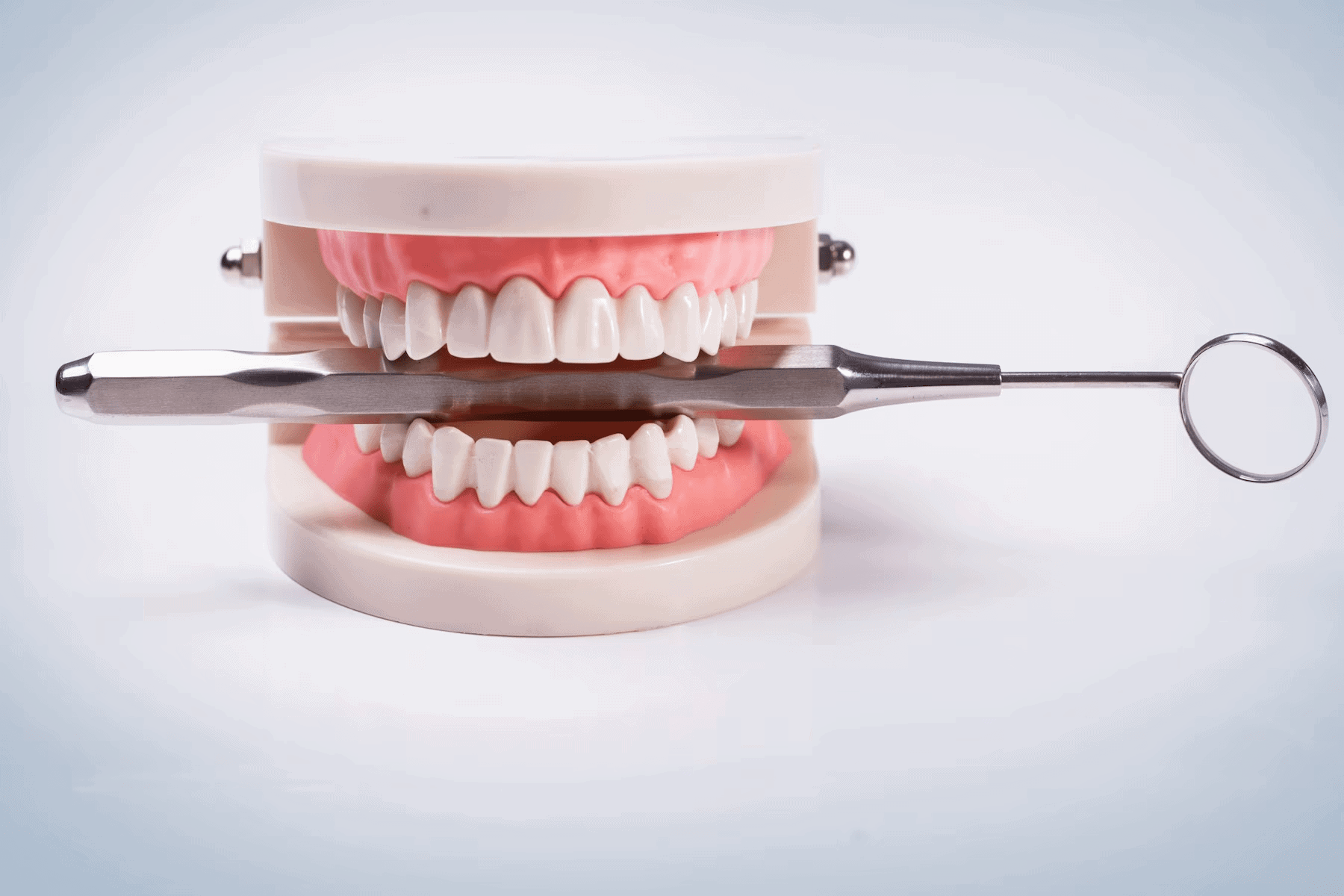
Dentures
Missing Gap Replacement Solutions. Complete overdentures. Partial dentures.Dentures are used to treat replace missing gaps. Missing teeth in jaw should be replaced in order to prevent long term issues.
Benefits
- economical
- may be used to replace single, multiple or full jaw missing teeth
- used for all types of patients and bone condition
- easy to clean and maintain
Denture Materials Construct
Restorative Comestic Dental Center
To restore your smile and teeth, Kitcha Dental Clinic has an on-site digital dental laboratory to make your all ceramic zirconia bridges. Using CAD/CAM technologies, seeking treatment at Kitcha allows for shorted treatment timings. Shade and shape may be adjusted with you at chairside during your visits with us.

CAD/CAM Digitalized Lab
Digitalized Dentistry
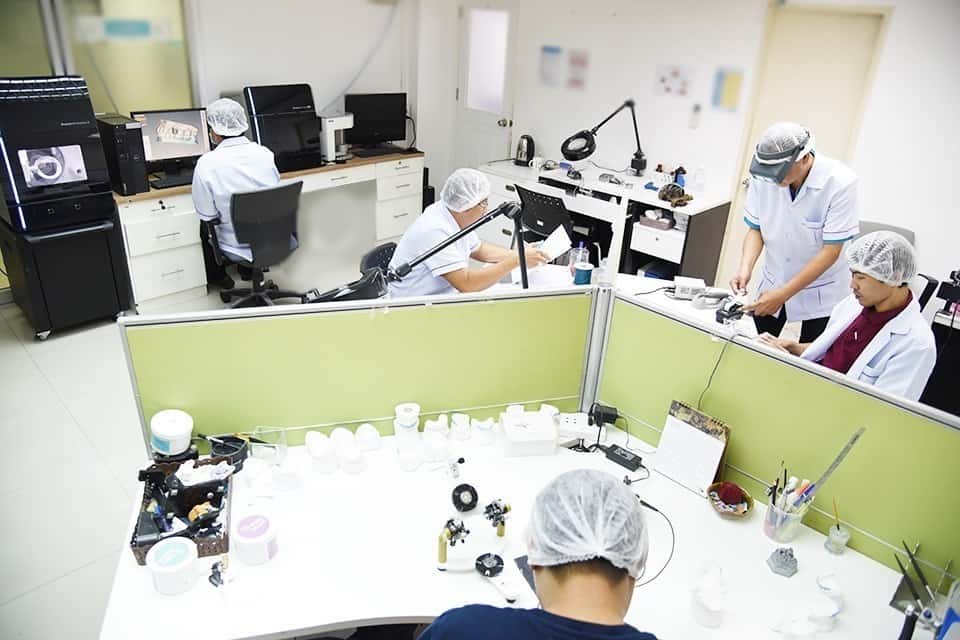
Restorative Specialist
American board Certifed Prosthodontist
Denture Types
The basic constructs of dentures are:
- Full overdentures : complete dental plate that replace all missing teeth
- Partial dentures : replace missing gaps with some remaining natural teeth
Dentures that are worn immediate after teeth removal and called immediate dentures. Immediate dental plates are normally made of acrylics. After teeth removal, gum tissue and bone normally shrink over the healing period. The dental teeth plate will therefore need adjustments to fit you properly during the healing process.
Generally, after about 2 to 6 months later, the acrylic immediate plate is replaced with a more permanent set of article plate using metal base materials or other treatment options in replacing missing gaps

Full Overdentures
Replace full jaw missing teeth

Partial Dental Plates
Replace single or several missing teeth
Denture Materials Construct
There are 3 basic types of materials constructs:
- Acrylic : pink plastic that forms the base of the dental plate with acrylic teeth
- Flexible: also known as valpast that is made from flexible base resin
- Metal frame : that has a metal base framework with acrylic surrounding the plate or framework
Acyrlics are normally used as immediate or temporary dentures.
After tooth removal when gums and bone have healed, a metal frame base dental plate with artificial teeth are typically opted for longer term use. Or new set of flexible from resin are made for better comfort and fit.



Denture Materials Construct

Treatment Planning

Tooth impresssion Take

Fit and Adjustment of Protheses
1. Treatment Plan & Diagnoses
There are many missing teeth replacement options including dentures, dental bridges and dental implants. Your prosthodontist discuss your options for missing teeth replacement with you. An x-ray is taken to check your bone condition.
If choosing dentures as your choice, teeth impressions and jaw measurements are taken and sent to the dental laboratory to start building your dentures.
2. Labwork & Trial Framework Fit
Your prosthodontist and lab technician create the models, wax forms, plastic patterns based on the model. Your dentist arranges for you for trial fitting of the denture plate or framework.
Several session of visits may be required to assessed and confirm the color, shape, and fit before the final denture is cast.
3. Cast Final Dental Plate & Adjustments
After the required specifications is complete, the final dental plate is cast. Your prosthodontist fits the framework with its article teeth and makes more adjustment visits to obtain the right bite occlusion.
Complete overdentures will likely require more visits and longer treatment timings than partial plates as your prosthodontist. Depending on the material chosen, the complexity design of your denture, you treatment visit timings will vary and typically require more than 3 to 4 visits.
Care Of Dentures
Adpating to your new prostheses
If you are new to having dental plates, it will take time to practice and get use to them. You may feel uncomfortable for the first few weeks.
When eating new dentures, start with soft foods and cut your food into small pieces. Chew slowly using both sides of your mouth. Add other foods as your adapt to your prostheses.
Dentures can occasionally slip. Dental adhesives may be used as directed to give added stability. If they are ill-fitting, it can be harmful to the underlying soft and hard tissues. If you have difficulty pronouncing words and your dentures “click” when talking, contact your dentist to have them adjusted.
Remove your dental plate before bed to allows gum tissues to rest.
Instructions on denture care
- Clean your dental plate daily by brushing with soft bristles and rinsing dentures without toothpaste. Toothpaste is abrasive and can scratches that encourages plaque build up. You can also use denture cleaners
- Rinse your dental plate after every meal.
- Be careful not to bend the attachment or plastic base
- Keep your prostheses moist when it is not being worn to prevent them from drying out and distorting. Place in cleanser soaking solution or in water.
- Never put your dentures in hot water that cause them to warp
Missing Teeth Options
Prosthodontic Dentistry – Missing Gap Solutions
